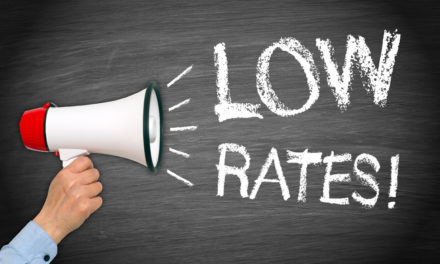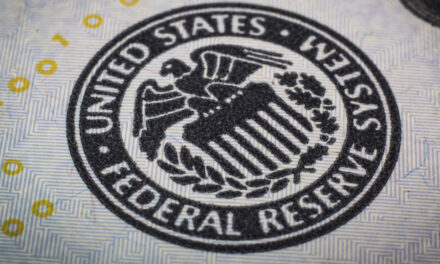American consumer confidence rebounded this month to the highest level since November after drooping in June.
“These days, it seems that everywhere you turn, the news regarding the consumer is strikingly good.”
The Conference Board, a business research group, said Tuesday that its consumer confidence index rose to 135.7 in July from 124.3 in June. The bounce back from last month’s drop was much stronger than economists expected.
The index measures consumers’ assessment of current economic conditions and their expectations for the next six months. Both rose substantially in July.
Consumers shrugged off trade tensions with China and a slowing U.S. economy.
Economists keep close watch on consumers’ spirits because their spending accounts for about 70% of U.S. economic activity. The government reported last week that consumer spending rose at a 4.3% annual rate from April through June, fastest pace since the end of 2017.
“These days, it seems that everywhere you turn, the news regarding the consumer is strikingly good,” Stephen Stanley, chief economist at Amherst Pierpont Securities, said in a research note.
The overall economy grew at a 2.1% pace in the second quarter, down from 3.1% from January-March. But Americans are enjoying unusual job security: The unemployment rate has come in below 4% for 13 of the past 15 months.
Lynn Franco, senior director of economic indicators at the Conference Board, says the sustained confidence should continue to support robust spending in the near-term.
Consumer Spending up 0.3% in June While Incomes Rise 0.4%
Consumer spending rose a healthy 0.3% in June, slightly below the strong gains of the past three months, while incomes turned in a solid 0.4% gain for the fourth straight month.
The Commerce Department said Tuesday that the spending increase followed strong gains of 1% in March, 0.6% in April and 0.5% in May as the consumer rebounded following a lackluster start to the year.
An inflation gauge favored by the Federal Reserve showed prices rising 1.4% over the past year, well below the Fed’s 2% inflation target. Fed officials are widely expected to reduce their benchmark interest rate for the first time in a decade at this week’s meeting, in part because of the continued short-fall in inflation despite strong economic growth and unemployment at near a 50-year low.
The overall economy slowed to a growth rate of 2.1% in the April-June quarter from 3.1% in the first quarter as the trade deficit, which is a drag on growth, widened and businesses cut back on capital investment. The slowdown would have been much more severe if consumers had not rebounded following a sharp slowdown in the first quarter.
Consumer spending grew at an annual rate of 4.3% in the second quarter after a disappointingly weak 1.1% gain in the first quarter. Economists are optimistic that consumer spending, which accounts for 70% of economic activity, will keep showing solid gains in the second half of this year.
The saving rate rose to 8.1% of after-tax incomes in June, reflecting annual revisions by the government which sharply boosted the previous figures.
The slower spending gain reflected a modest 0.4% rise in spending on durable goods such as autos after a sizzling 1.5% gain in May.
© The Associated Press. All rights reserved.




